Accounting for Business: Sales, Ratios, and Cash Inflows
VerifiedAdded on 2023/06/17
|6
|792
|98
AI Summary
This content covers accounting for business with solved assignments, essays, and dissertations. It includes sales, cost of goods sold, gross profit, operating expenses, buildings, machinery, administration costs, selling expenses, audit fees, bad debt, salaries and wages, directors’ remuneration, debenture’s interest paid, interim ordinary dividend paid, liabilities and capital, and assets. It also covers profitability ratios, efficiency ratios, current ratio, acid test ratio, and financial viability. The output is in JSON format.
Contribute Materials
Your contribution can guide someone’s learning journey. Share your
documents today.
1 out of 6
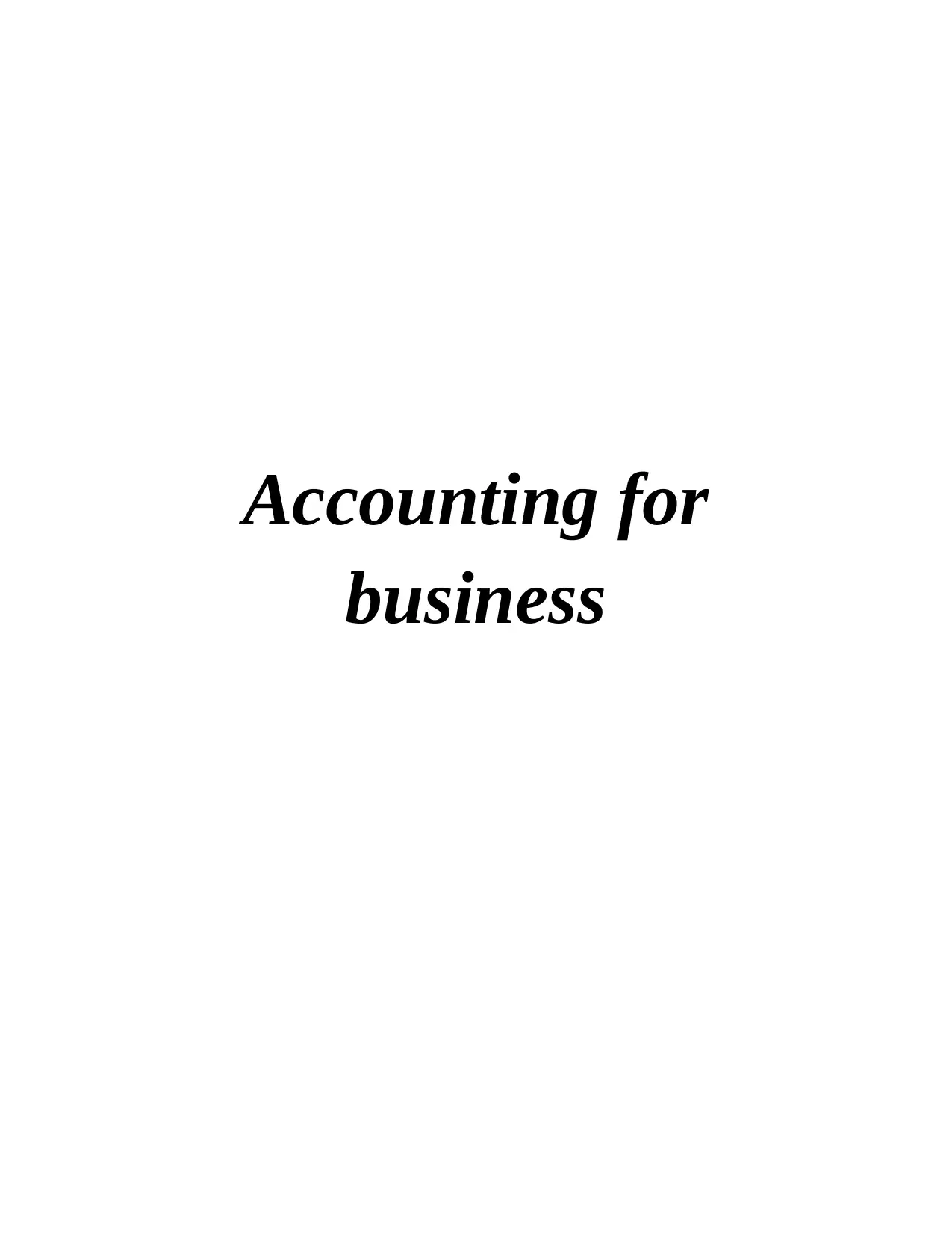
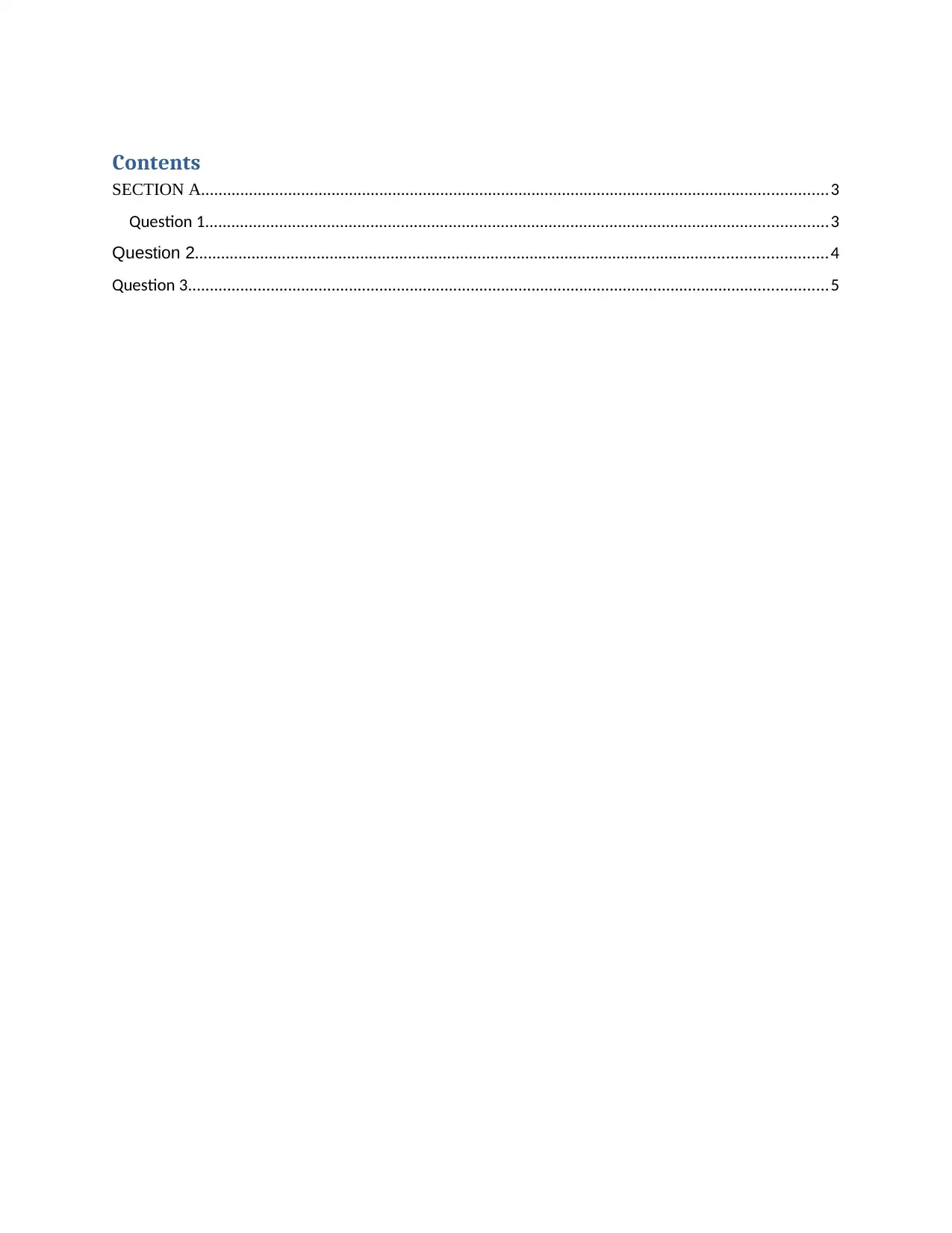
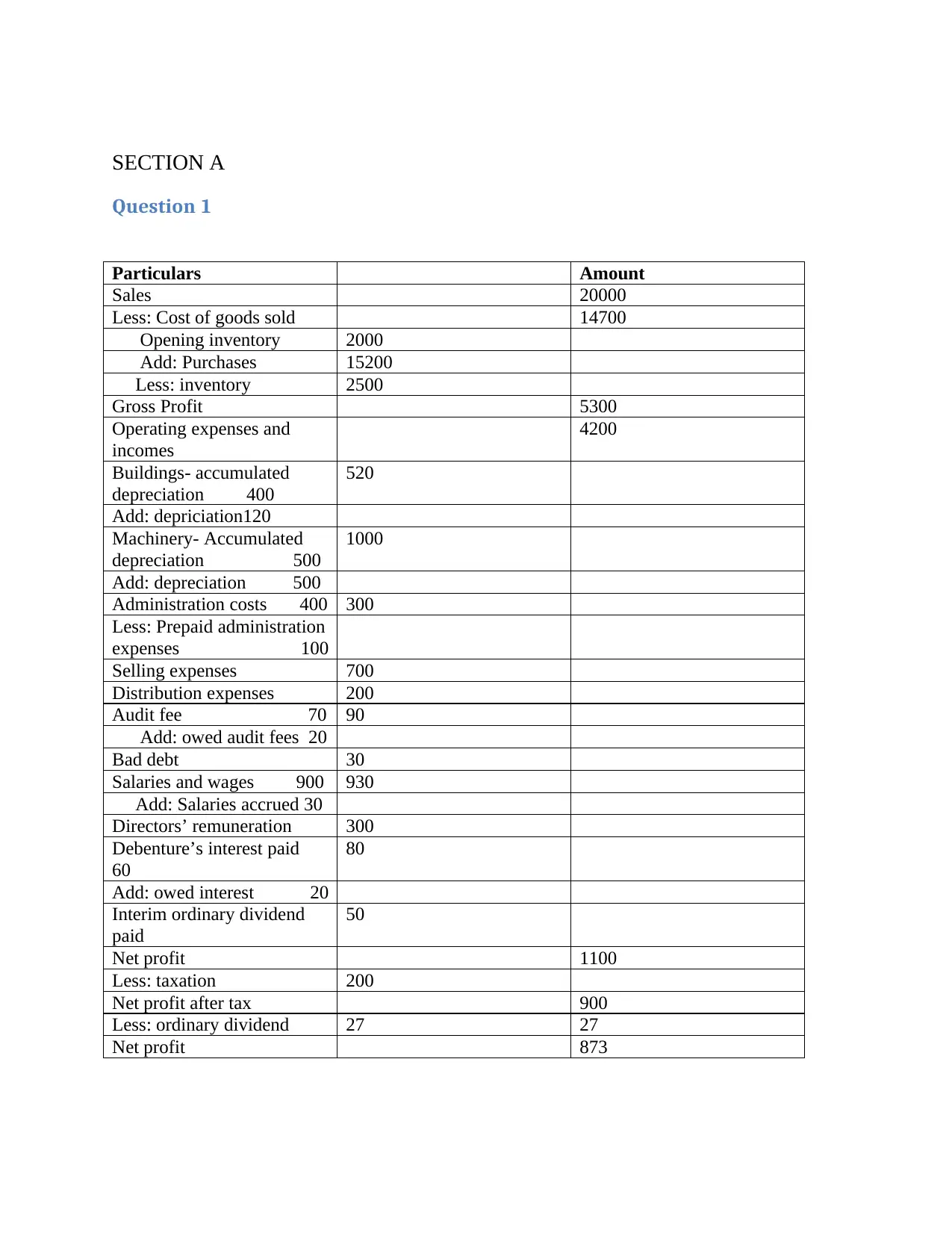
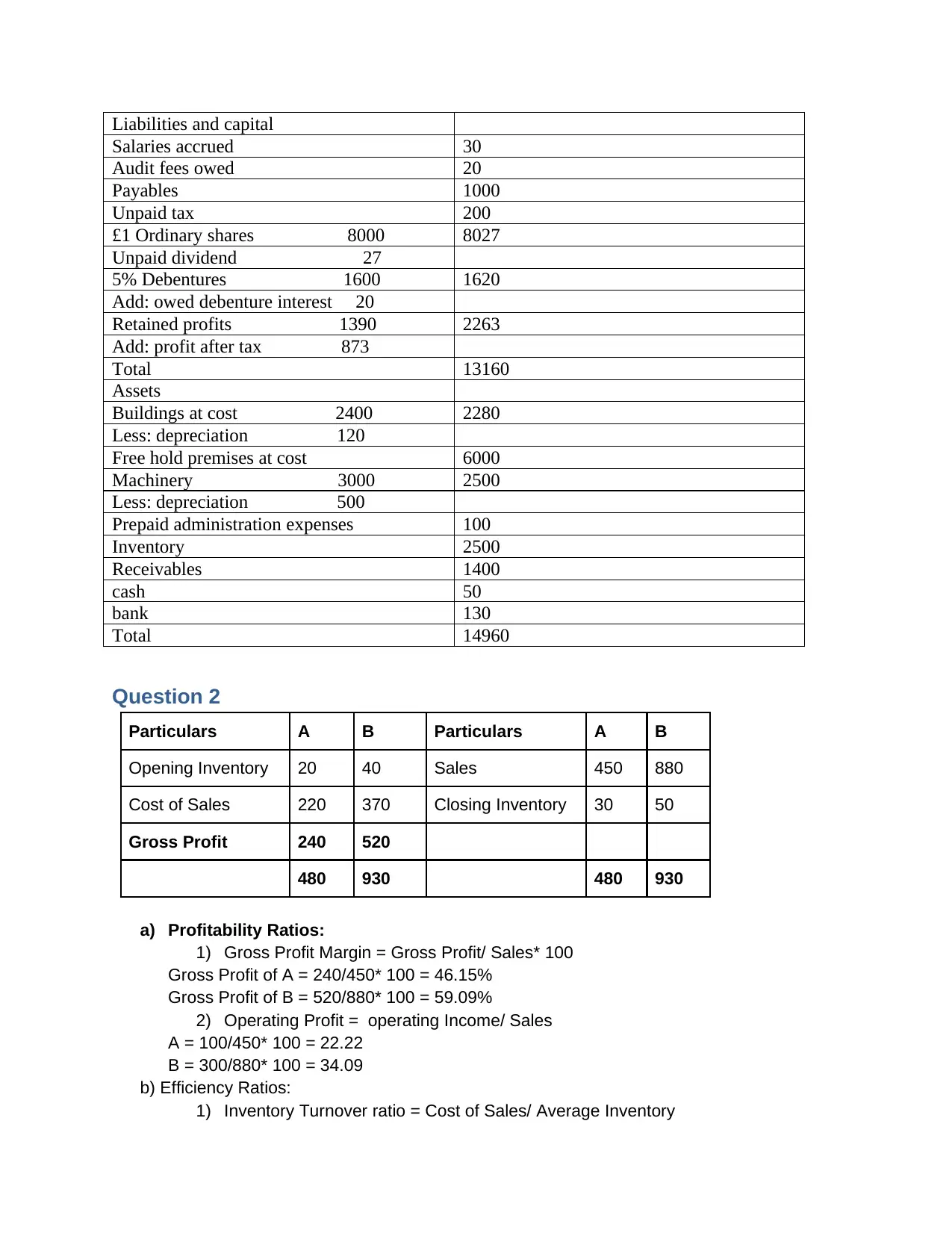
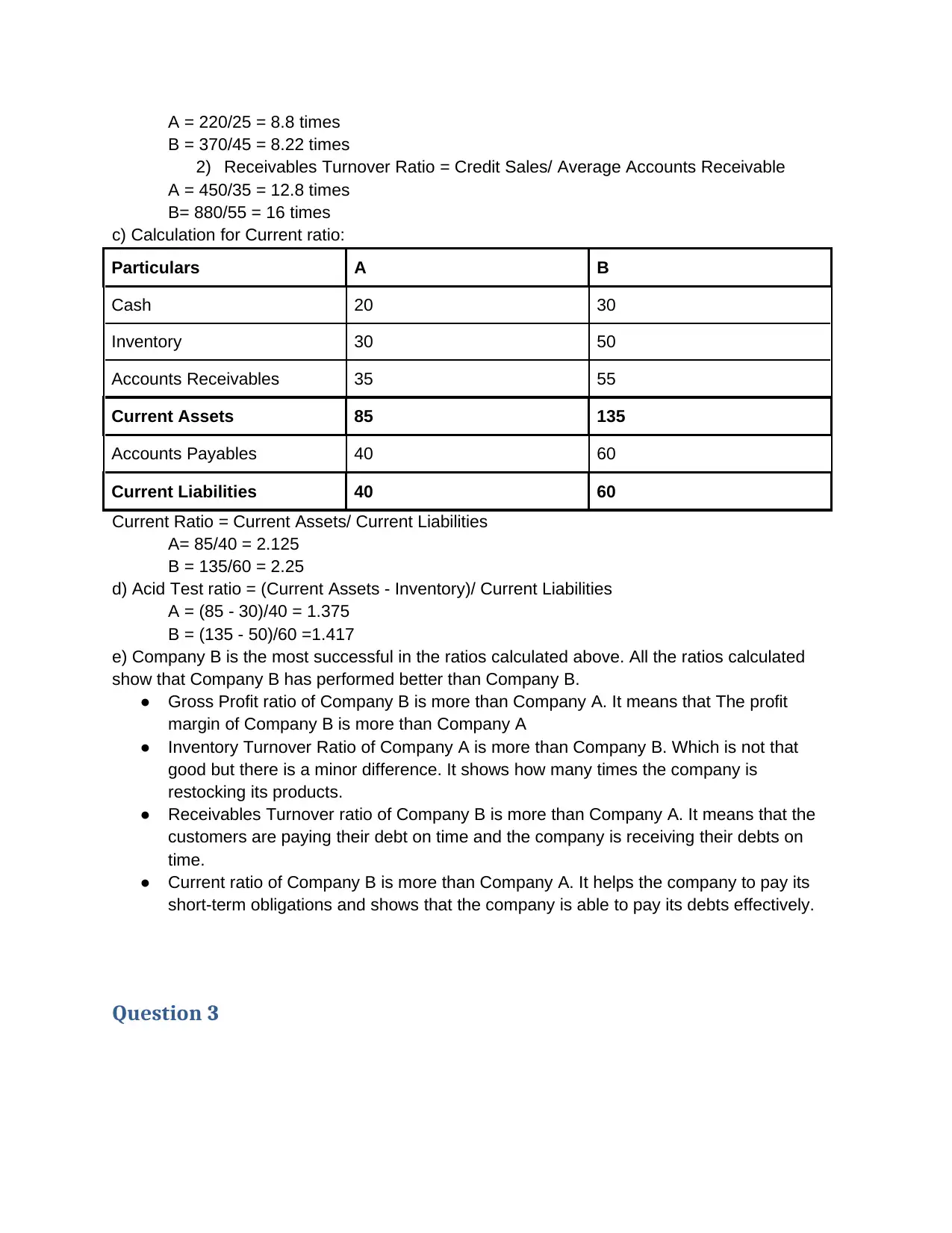
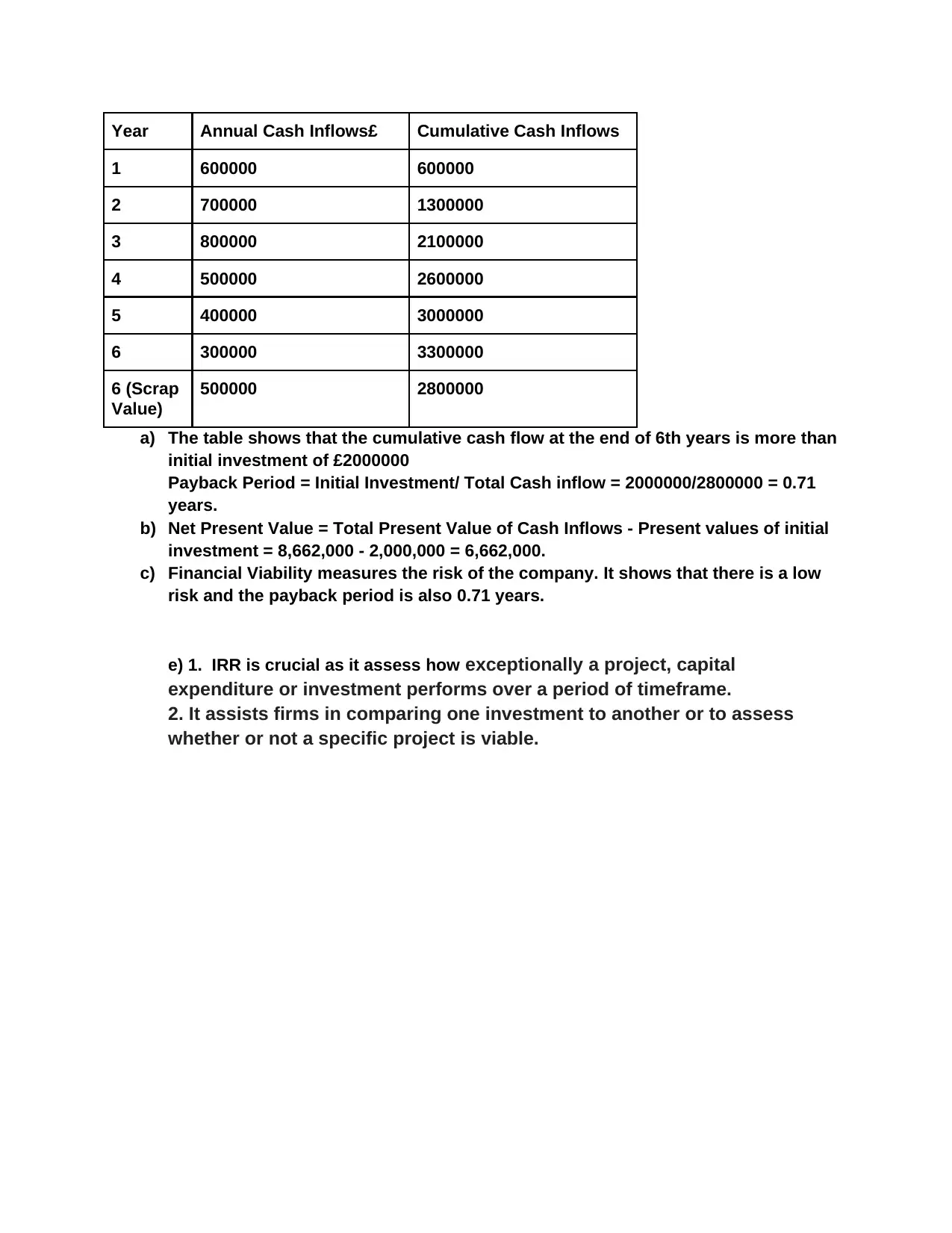






![[object Object]](/_next/static/media/star-bottom.7253800d.svg)